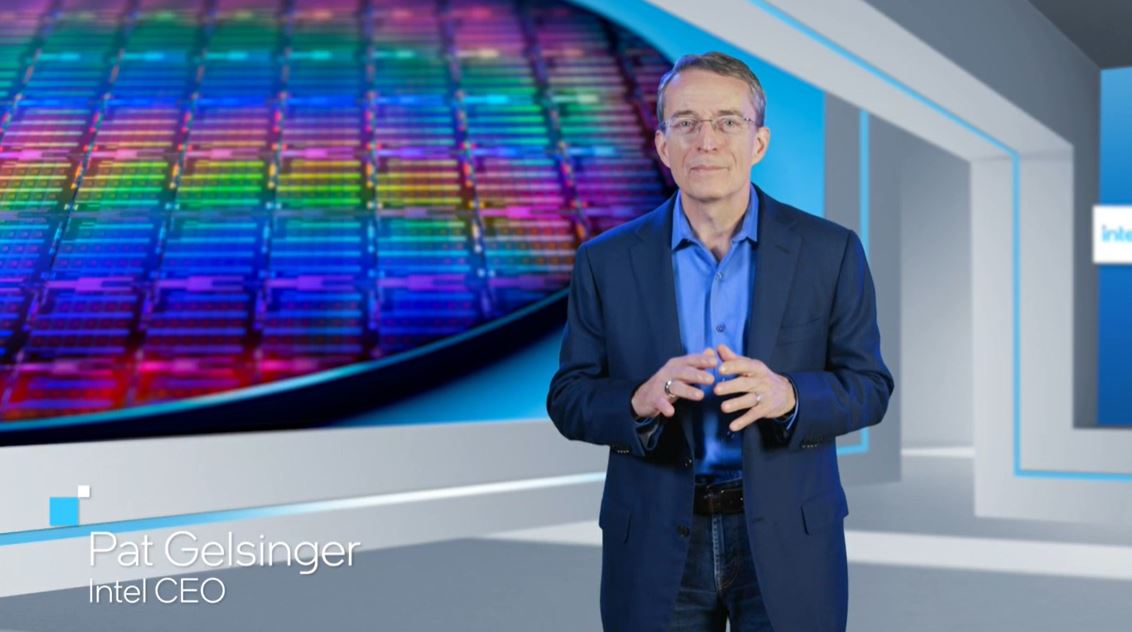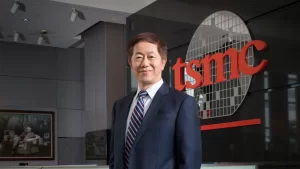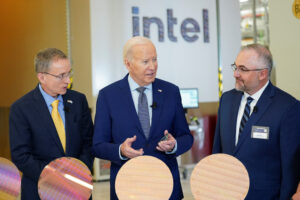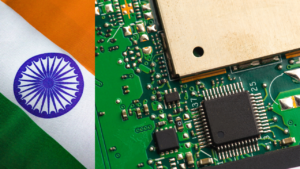Introduction
Intel, a global technology powerhouse known for its dominance in microprocessors, is undergoing a transformative shift by venturing into the foundry business.
This strategic move aims to diversify the company’s revenue streams and capitalize on the rapidly evolving semiconductor industry.
In this in-depth blog post, we’ll delve into the intricate details of Intel’s foray into the foundry market and its implications for the future.
Intel Foundry Business Expansion
Intel’s strategic shift into the foundry business is multi-faceted and driven by a clear vision of technological leadership and innovation.
1. Intel Foundry Process Node Advancements:
Intel’s journey begins with an ambitious plan to introduce five advanced process nodes within a tight four-year timeframe.
The roadmap centers around the imminent launch of the Intel 18A process, set for late 2024. These process nodes are crafted to represent the forefront of semiconductor technology, holding the potential to surpass competitors.
| Node | Location |
|---|---|
| Intel 7 | Israel |
| Intel 4 | Ireland |
| Intel 3 | Arizona, USA |
| Intel 20A | Arizona, USA |
| Intel 18A | Europe (Madgeburg, Ireland) |
| Intel Next | Ohio |
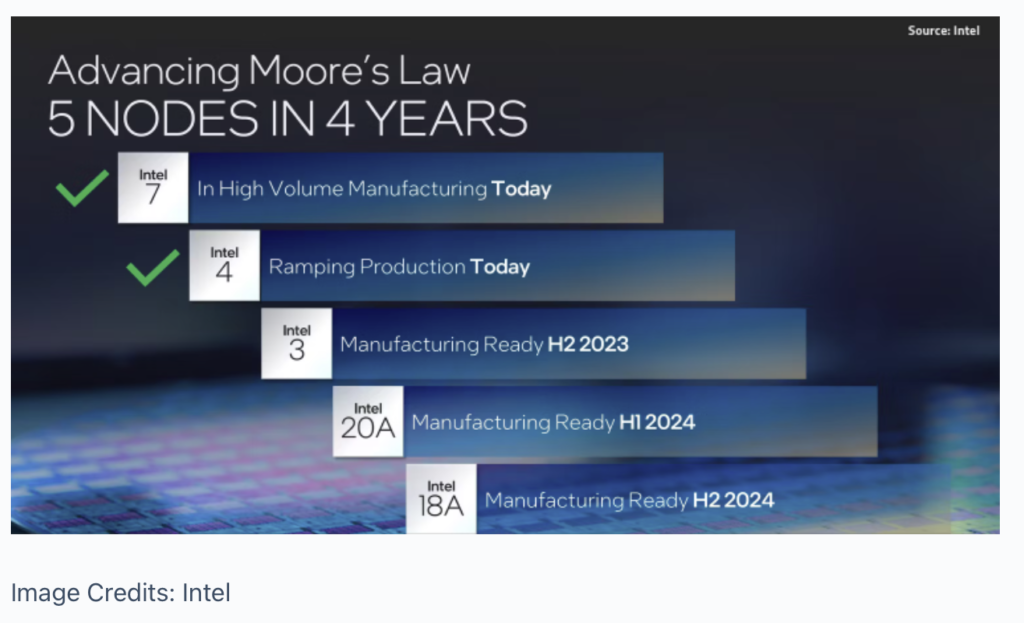
2. Intel Foundry Customer Acquisitions:
A major milestone in Intel’s foundry endeavor is securing substantial customer interest. The company has already announced a significant but unnamed customer for its Intel 18A process, which demonstrated its commitment by making a sizable prepayment.
Building on this success, Intel has successfully signed contracts with two additional customers for the Intel 18A process.
While the identities of these customers remain undisclosed, it is evident that both have significant investments in the field of high-performance computing.
Furthermore, Intel is in active negotiations with another major customer, with expectations to finalize the deal before the end of the year.
Read More: TSMC N3P To Outperform Intel 18A, Derailing Intel’s Foundry Leadership Plan by 2025
3. Intel Foundry Advanced Packaging Services:
In addition to its focus on process nodes, Intel is generating immediate revenue from its advanced packaging services.
During the third quarter of 2023, Intel’s foundry business experienced a remarkable 299% year-over-year revenue increase, accumulating $311 million.
Part of this growth can be attributed to the increasing demand for advanced packaging technology, especially in high-performance computing and artificial intelligence (AI) accelerators.
“Currently, we have three committed customers for 18A, and we anticipate successfully concluding contracts with at least one more customer this quarter.”
~Pat Gelsinger, CEO, Intel
Read more: 5 reasons Why American Chip Dream is dying
4. Intel Foundry Rising Demand for Advanced Packaging:
The semiconductor industry is witnessing a surging demand for advanced chips, especially AI accelerators, which necessitate intricate packaging solutions. Intel is in a strong position to meet this demand and cater to leading AI chip companies.
The company has already secured advanced packaging deals for two AI chip designs during Q3 and is actively negotiating with six additional customers.
Intel envisions advanced packaging as an entry point for foundry customers, serving as a pathway for chip designers to familiarize themselves with Intel Foundry’s capabilities and potentially become long-term foundry customers.
Read more: Intel Promises 1 Trillion Transistors on a Chip by 2030 Using Glass Substrates
5. Intel Foundry Timely Delivery:
Historically, Intel has faced challenges with manufacturing delays, which have raised concerns among potential foundry customers.
However, the company is actively addressing this issue. The Intel 4 process is ready for deployment, with the Meteor Lake PC chips set to launch in December. The Intel 3 process, essential for the 2024 server CPUs, is set to be manufacturing-ready by year-end. Meanwhile, the Intel 20A process for the next-gen Arrow Lake PC chips remains on track for a first-half 2024 release.
The Intel 18A process, set to secure Intel’s manufacturing leadership, will be completed by the end of 2024. This is a pivotal milestone for the company.
Read More: 5 Key Announcements From Intel Innovation Day
Intel Foundry Future Prospects
Intel’s move into the foundry business marks a substantial shift in revenue diversification, capitalizing on the evolving semiconductor industry.
Although Intel 18A process revenue won’t arrive until 2025, the company is already generating income from its foundry business. This is driven by advanced packaging services.
In the third quarter, Intel’s foundry business significantly boosted its earnings, reaching $311 million, showcasing an impressive 299% year-over-year increase, largely attributed to the surge in earnings related to packaging services.
The increasing interest from top AI chip companies and the role of advanced packaging as an entry point into the foundry market strengthen Intel’s position in the industry.
Timely delivery of advanced process nodes can ease any doubts among chip designers.
Furthermore, the potential success of the Intel 18A process could lead to significant revenue growth for Intel’s foundry business, beginning in 2025 and continuing into the future.
Read More: Intel Foundry, Even if Successful, Will Be Overshadowed by TSMC: Chang
Conclusion
Intel’s bold expansion into the foundry business underscores its determination to evolve with the semiconductor industry’s ever-changing landscape.
Intel is building a strong foundation with advanced process nodes, garnering significant customer interest, and capitalizing on the growing demand for advanced packaging. This positions Intel as a formidable player in the foundry market.
The company’s success in meeting its manufacturing commitments will be crucial in shaping the future of its foundry business, which holds substantial growth potential.

